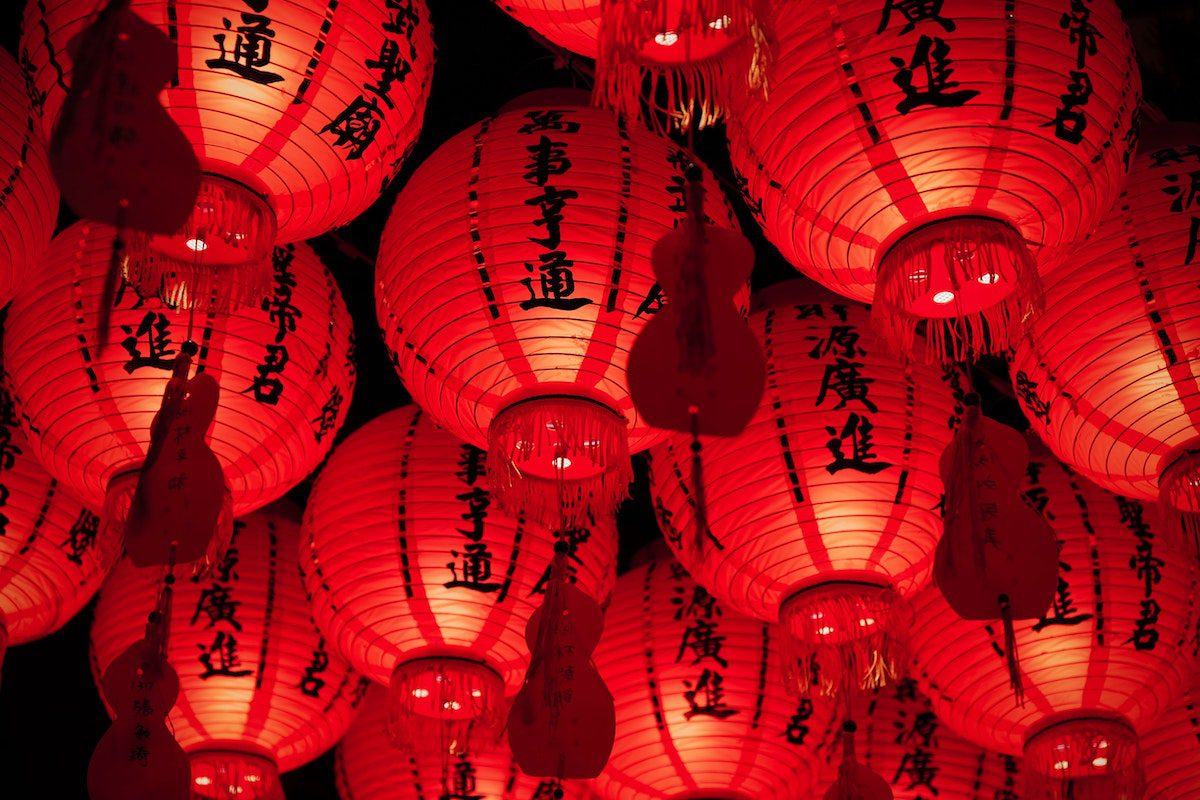
In the wake of the tariffs on Australian wine imported into China, WBM revisits an article published by Paul Henry in March-April 2019…
It was Christopher Hitchens – that most formidable of public intellectuals and antagonists – who reasoned that whatever the science and the probability, global warming had to be the most pressing issue of the day because there simply was no ‘Planet B’.
I wonder what Hitchens would have made of Australia’s current reliance on China as the answer to our wine community’s need for profitable export and growing demand, borne on a rising tide of emerging middle class Chinese aspiration for a more international sense of cultural acclaim and status.
Last calendar year’s total export sales show China now to be the dominant value contributor for Australian category sales (in fact, it accumulates more than the sum total of the next three markets – the UK, USA and Canada) and is now second in volume only to the UK.
The fact that this narrative arc has arisen in less than a decade, and that China is also now the most popular destination for exports above AUD$10, is laudable, and an undoubted advantage to an industry that was hitherto flat-lining against a supply/demand structural imbalance, and a general global ‘ennui’ for commercially palatable, but rather unexciting, fit-for-purpose varietal wines.
Putting aside the worthy recognition and acclaim for one moment, how does the picture look if China stops performing? After all, this is not the most far-fetched of scenarios for a country whose economic stance is increasingly more market-capitalism focused, but whose political and cultural stance philosophy is still resolutely about Party and State control.
Indeed, the recent dramatic fall in China’s own domestic volume production is somewhat anomalous for a country apparently falling in love with the romance of wine consumption, although this could account for the almost equal rise in imported bulk shipments (indicating that the true destination for Australian unbottled volume is really Chinese production, not value-adding, international brands bottled in-market).
Obviously, a certain amount of opportunism is realistic in matters of export strategy, and not even the staunchest of apologists would claim that there wasn’t a fair amount of luck in the rise of the UK in the late 1980s and early 1990s, nor that the iconoclastic appearance of Grange on the cover of Wine Spectator in 1991 had more to do with a passing stylistic obsession than a real consumer franchise. But in the absence of a current and obvious viable alternative, and with whatever progress is really taking place in the US, surely we should be planning forensically for the ‘next big thing’ without taking our eyes off the current prize?
“After all, this is not the most far-fetched of scenarios for a country whose economic stance is increasingly more market-capitalism focused, but whose political and cultural stance philosophy is still resolutely about Party and State control.”
Where do you stand in regard to the following questions:
1. The current government-backed international tourism focus is a great opportunity, but will the same level of engagement be possible after it has been dispensed? What is the next investment phase based on, and where is it coming from?
2. The Asian Century was a clear and prescient White Paper, but shouldn’t our focus now also be extending to other ‘emerging middle-class’ territory opportunities like India?
3. The US has always been a collection of markets – rather than a singular proposition – but do we yet have a workable market-by-market strategy that is realistic, targeted and measurable?
4. All sustainable consumer brands are strong at home – do we currently have the right priority-setting on DTC channels and domestic marketing?
5. What is the impact of China declining in an inversely proportional slowdown over the next decade – in value; in volume; in consumers; in employment; in multipliers?
Photo by Henry & Co. on Unsplash














Recent Comments